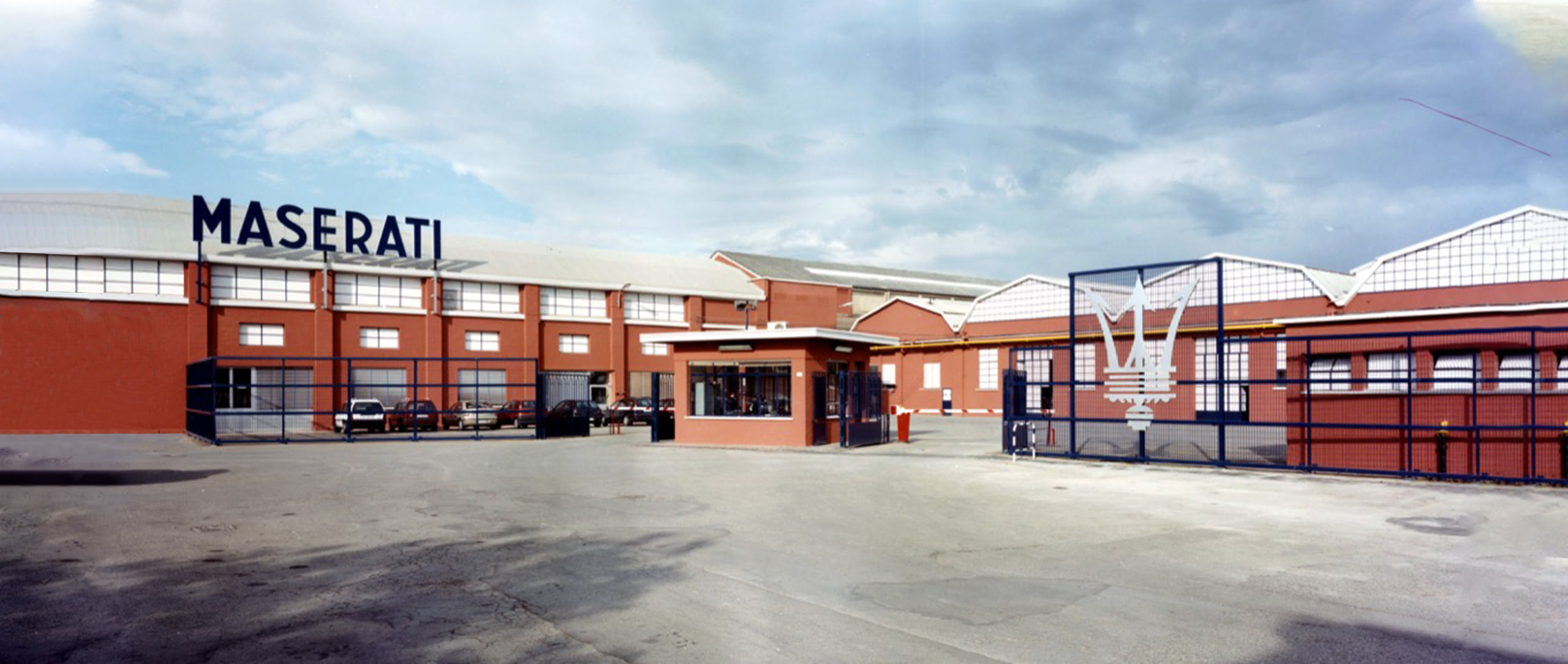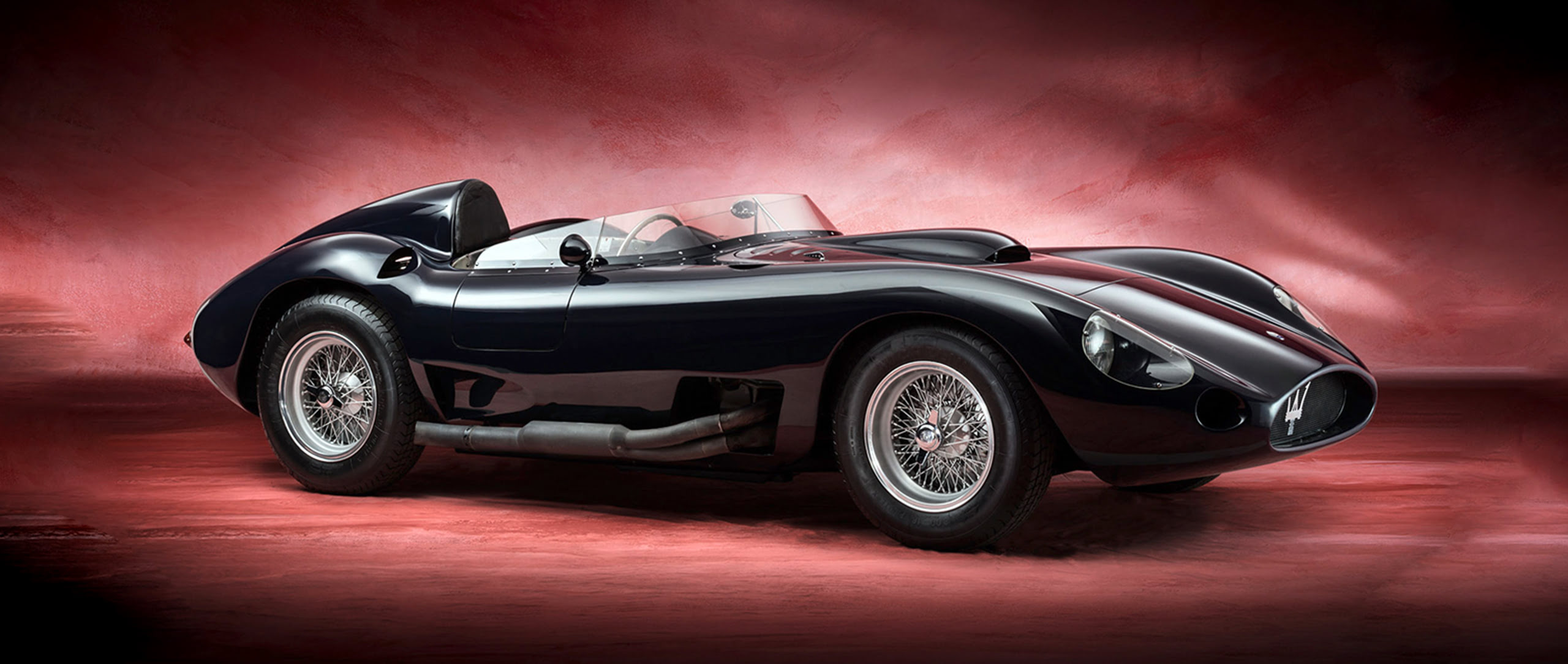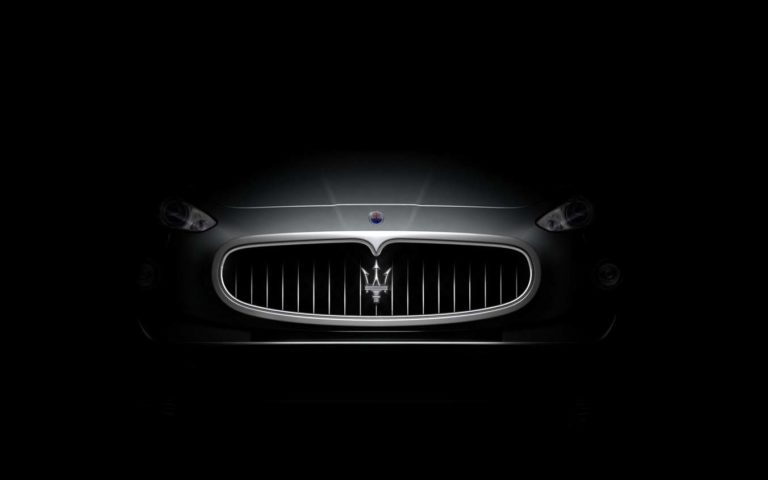MC 20
18 September 2020 1 min read 7 images

The MC20, the new mid-engined car tasked with taking Maserati towards a prosperous future, has recently been unveiled. This technical layout has not been seen in Via Ciro Menotti since the time of the Merak which went out of production in 1982 and has now been re-proposed with a new 3-litre twin-turbo V6 powerplant that goes by the name of “Nettuno” and is capable of pumping out 630hp.
Register to unlock this article
Signing up is free and gives you access to hundreds of articles and additional benefits. See what’s included in your free membership. See what's included in your free membership.
Already have an account? Log In


